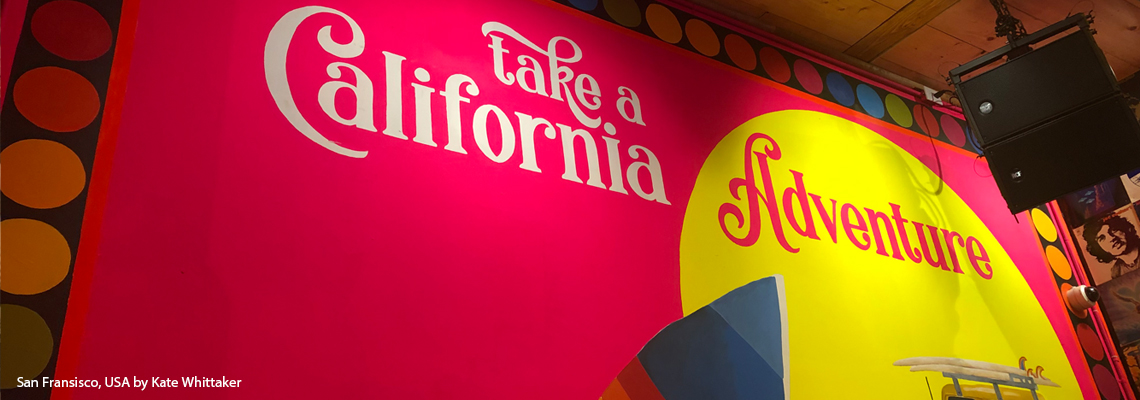A Brief Look Back at the Second Quarter (Q2 ) 2020: Why the ‘real Economy’ Is in Deep Trouble
Around the world, various governments have embarked on quantitative easing (QE), coupled with support programmes to help alleviate the disastrous economic impact of the COVID-19 pandemic. However, QE manifests as support for financial markets, rather than for the ‘real economy’. Notably, QE is a tool whereby the rich get richer – from rising stock prices – in the hopes that the wealth effect will see them spend money that will trickle down into the real economy. As it stands, the real economy is in dire trouble – and business profits are falling – whilst the global financial economy is in an upswing with a stock market recovery that is in full force. Equity prices are moving upward.
Once the health crisis is over, SA will be left with a massive hunger and unemployment problem, coupled with a government that is hopelessly indebted.
On the local front:
Interest Rates: The SARB met twice in Q2. In April the repo rate was cut 100bp to 4.25%. In May it was cut a further 50bp to 3.75%.
Some analysts expect a further 50bp cut this year, which would bring the repo rate to 3.25%.
Having weakened dramatically in Q1, the Rand recovered slightly in Q2. In mid-April, it was trading at USD/ZAR 19.1 and in early June at USD/ZAR 16.5. The Rand is vulnerable to any global re-escalation of infection rates.
Financials rebounded during the quarter as did industrials.
Resources rebounded strongly as the demand outlook for commodities improved due to a resurgent Chinese economy and the easing of restrictions elsewhere.
Looking abroad:
Markets rebounded strongly in Q2. The stock market recovery was V-shaped, with a gain of 19.2% in Q2 following -21.4% in Q1. This is despite the economic uncertainty and an unclear path to recovery. Nevertheless, this leaves global markets still down 6% for the year.
High-growth technology shares, many of which are seen to be beneficiaries of the COVID-19 crisis, continue their long run of outperformance.
Source: Coronation Fund Managers, Anchor Capital

